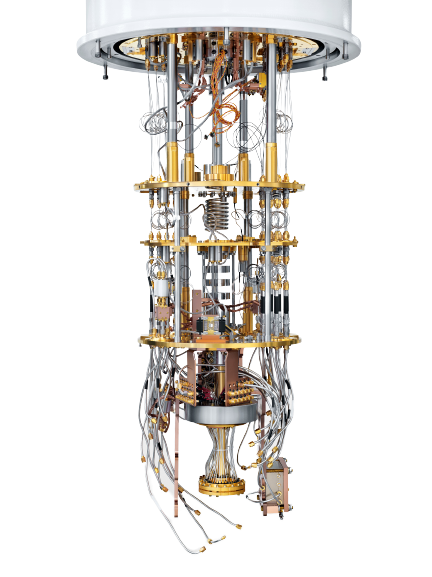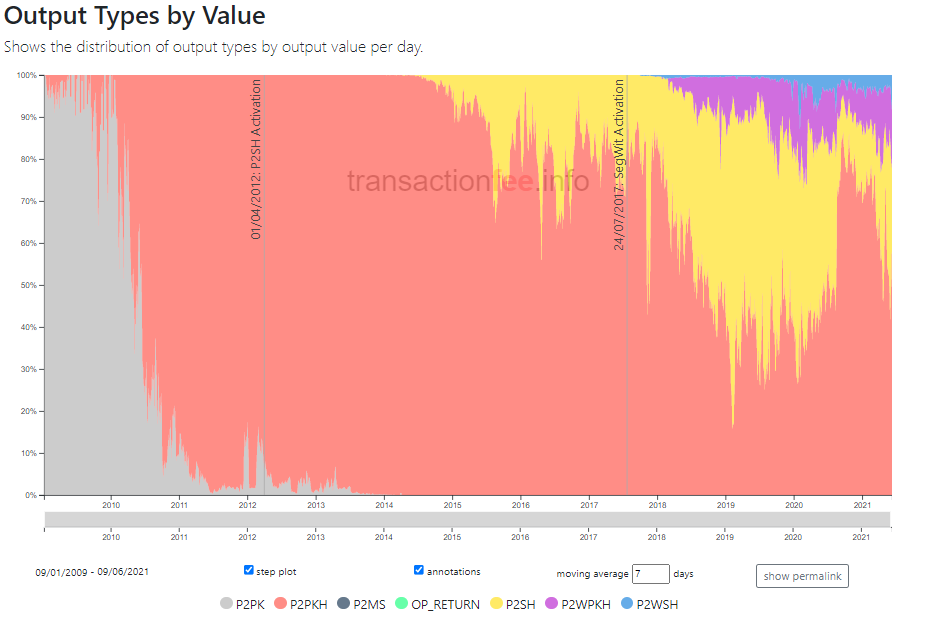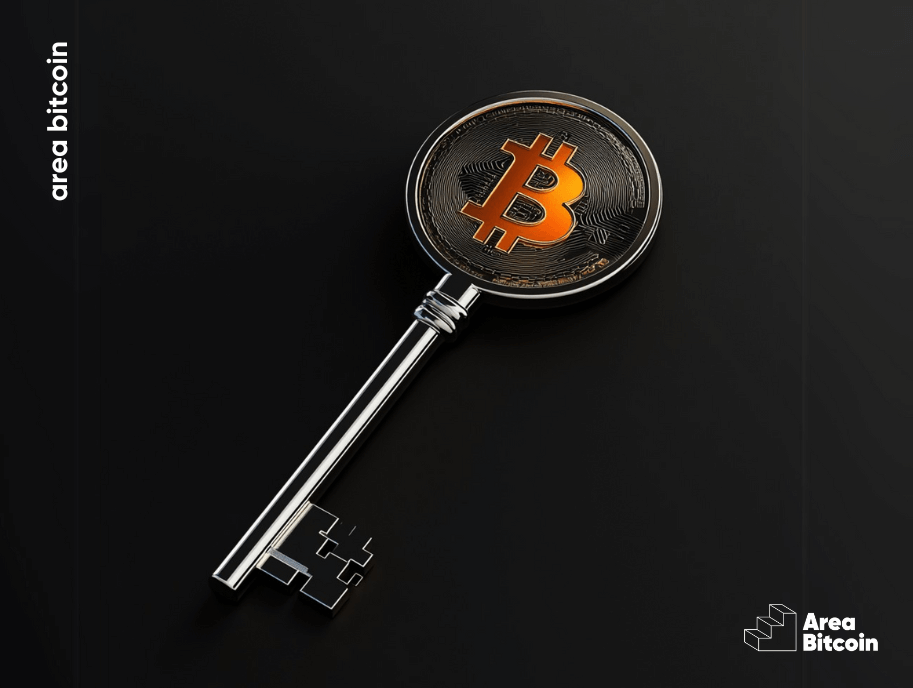Quantum computers are ultra-powerful machines that many believe can uncover the secrets of the universe, cure rare diseases, and there are rumors that these computers will wipe out the Bitcoin network.
Is it just another FUD or could this actually happen?
Even though quantum computing is still in its infancy, governments and companies like Microsoft and Google are working to make it a reality.
In 10 years, quantum computers could be powerful enough to break the cryptographic security that protects cell phones, bank accounts, military systems, email addresses, and – who knows – Bitcoin wallets.
So, what’s the verdict? Can quantum computers end Bitcoin? Find out below!
Cryptography and Risks
Today, a large part of the world’s communication systems use asymmetric cryptography, where a pair of public and private keys provide access to email, online accounts, and also crypto wallets.
This type of cryptography is susceptible to quantum computers that could reverse engineer, extract your private key, which gives access to your Bitcoins, from your address or public key.
But we are far from this kind of attack and, at least for now, you don’t need to worry about these so-called quantum computers.
But to understand this, you first need to know what a quantum computer actually is.
What is a Quantum Computer?
A quantum computer is an advanced type of computer that leverages the principles of quantum mechanics to process information in revolutionary ways.
While classic computers use bits, which are represented by 0s and 1s, quantum computers use qubits (or quantum bits), which can represent 0s, 1s, or a combination of the two states simultaneously, thanks to a phenomenon called quantum superposition. We’ll explain more about this below.
Additionally, it’s an ultra-powerful computer that doesn’t look anything like the PCs we use.
It looks more like a chandelier, see below:

Doesn’t it? 🙂
Sensitivity
These computers are very sensitive and need to be cooled at near absolute zero temperatures (about -273ºC), without any electric current, air, or any dust that might destabilize their system.
This happens due to the delicate nature of the qubits, the units of quantum information. Any noise, such as thermal fluctuations, electromagnetic radiation, or mechanical vibrations, can negatively affect the performance and accuracy of the qubits.
The sensitivity of quantum computers is one of the reasons why building a fully scalable, large-scale quantum computer is so challenging.
Scalability
These computers have been under development since the 90s to perform extremely complex calculations that normal computers would need 10 billion times the power they currently have.
It’s not even possible to mass-produce computers like these today.
Creating quantum computers requires merging quantum physics, with its waves and subatomic particles, with computer science.
How Does it Work?
In these computers, the mechanism for calculating probabilities works differently. While traditional computers perform calculations using bits, those binary sequences of zeros and 1s, quantum computers use QUBITS, tiny particles that operate under subatomic logic.
As stated above, QUBITS can be 0, 1, and also combinations of 0 and 1 simultaneously. Thus, when two QUBITS, or more, are near, they create a process of quantum entanglement that makes calculations absurdly faster and more accurate.
Challenges
The big question is that creating a quantum computer is incredibly expensive, difficult to accomplish, and its computational power depends on the number of QUBITS that this computer has.
Rumors are saying that Google already possesses a quantum computer with 53 qubits. But, to break Bitcoin’s cryptography, for instance, would require thousands, if not millions of qubits.
So, yes, it is possible to create a quantum PC. However, we are still far from creating a machine that could take down all global systems and networks, including the BTC network.
And we’re even further from being able to produce this type of machine at scale.
How would a quantum computer attack the Bitcoin network?
In a hypothetical scenario where a powerful and scalable quantum computer is developed, there would be 2 algorithms on the BTC network that could be attacked by quantum computers:
- The digital signature algorithm, ECDSA – Elliptic Curve Digital Signature Algorithm;
- The hash algorithm, SHA-256.
ECDSA
Quantum computers would initially attack the Elliptic Curve Digital Signature Algorithm (ECDSA), because quantum computers can break this type of cryptography more easily.
If you have ever made a transfer from your Bitcoin address and signed a transaction, you used your private key. This means that you, on some level, exposed your address to the entire Bitcoin blockchain.
Thus, a quantum computer could, from this exposed address, extract your private key, i.e., the code that grants access to your Bitcoins in your wallet.
This process of discovering passwords through brute force calculations at a staggering speed is called “brute force”.
A conventional computer, even the most modern ones, does not have the computational power to break the elliptic curve cryptography through brute force; it would take 10 billion years. However, for a quantum computer, this could be possible.
But don’t worry, this is still a long way from happening!
We do not have quantum computers yet, let alone with that capacity. And even if we did, Bitcoin would be the last of the targets.
As I mentioned earlier, there are targets much more likely to be attacked than the Bitcoin network, which is still a small target, such as nuclear jets and submarines, the global banking system, and the entire structure of the internet.
SHA-256
The oldest transactions are the most vulnerable because they used a type of signature called P2Pk, corresponding to the gray area in the chart below:

This type of signature makes it easier to extract the private key from the public key.
In 2011, in the pink part of the graph, the network began to display public keys with hash, which makes it slightly harder to extract the private key from the public key and increases the security level of the addresses.
With this hash added to the addresses, a quantum computer would not only need to extract your private key from your public key (or address), but it would also need to break the cryptography, crack SHA-256.
Therefore, the less an address is used for transactions, the lesser the chance of it being cracked. That’s why many popular wallets change your wallet address with every transaction you make. This is done to reduce your vulnerability in case such an event occurs.
Thus, we can consider that we will know if the Bitcoin network is in the crosshairs of quantum computers, as if these computers steal these older wallets that are still on the p2pk algorithm, or steal Bitcoin from people who have forgotten the keys to their wallets, it may signal an attack on the network.
Also, as the Bitcoin network is very transparent, we will be able to observe any type of attack very early and migrate to safer algorithms. All it takes is a soft fork in the network to a quantum-resistant algorithm.
Quantum-resistant cryptography
An important aspect to highlight is that advancements in the field of quantum-resistant cryptography are happening at an accelerated pace, significantly outpacing the development of quantum computers themselves.
This is due to the fact that researchers find fewer difficulties in the practical application of mathematical principles than in the physical construction of a quantum computer.
It is highly unlikely that the SHA-256 algorithm, used in Bitcoin cryptography, will be broken in the near future.
Is it easy to break Bitcoin’s cryptography?
Breaking a SHA-256 hash function is as difficult as finding a grain of sand in the universe.
A quantum computer could break ONE Bitcoin wallet but not SHA-256, because it is resistant to quantum computing.
Therefore, the Bitcoin network would be secure even with the advent of quantum computers.
Difficulty Adjustment
Additionally, even if it were viable to break the SHA-256 algorithm, Bitcoin has a mechanism known as difficulty adjustment.
This mechanism operates to adapt the difficulty of creating new blocks during the Bitcoin mining process, in response to the increase in the network’s computational power as more people engage in cryptocurrency mining.
This means that any supercomputer entering the network could monopolize the mining of network blocks only until the next difficulty adjustment.
The Bitcoin network can only increase the difficulty by 4x at each adjustment and this could take a while to reach the computational level of a quantum PC. However, at some point, the network will catch up with this super PC and rebalance the difficulty until it reaches the level of a quantum computer.
History
Let’s consider the big picture. The eventual arrival of quantum computers wouldn’t represent a drastic change for the Bitcoin network, which has already witnessed the transition through different phases, from the era of CPUs, through GPUs, and most recently, ASICs.
In fact, quantum computers could be seen as an opportunity for evolution to further strengthen the Bitcoin network itself.
Another relevant point is that creating a quantum computer is a highly secretive and costly endeavor. The first quantum computers will be owned by large corporations or governments.
It’s unlikely that these entities would reveal their quantum supremacy by directly attacking Bitcoin. Even if a theft of some coins occurs, it is in the thief’s interest to act slowly and discreetly, aiming to get as much profit as possible.
Instead of risking triggering a drop in Bitcoin’s price and prematurely exposing this new “technological weapon” to the world, they would prefer to carry out the theft gradually and secretly.
Therefore, the possibility of a massive or sudden attack on Bitcoin by quantum computers is quite unlikely, considering the current circumstances.
Moral of the Story
So far, no quantum computer has actually been created, let alone having the capability to attack the Bitcoin network.
And as mentioned before, if this does happen, we will know well in advance how this technology is being used.
An attack on the oldest coins would sound the alarm for everyone monitoring the Bitcoin blockchain.
Remember, Bitcoin is quite robust against this type of attack and, in the worst case scenario, the network can comfortably fork to a quantum-resistant signature algorithm.
Until the next article and… opt out!
Share on your social networks:
Area Bitcoin is an educational Bitcoin school that aims to accelerate the financial and intellectual sovereignty of all individuals.
Did you like this article? Consider buying us a cup of coffee so that we can keep writing new content! ☕







